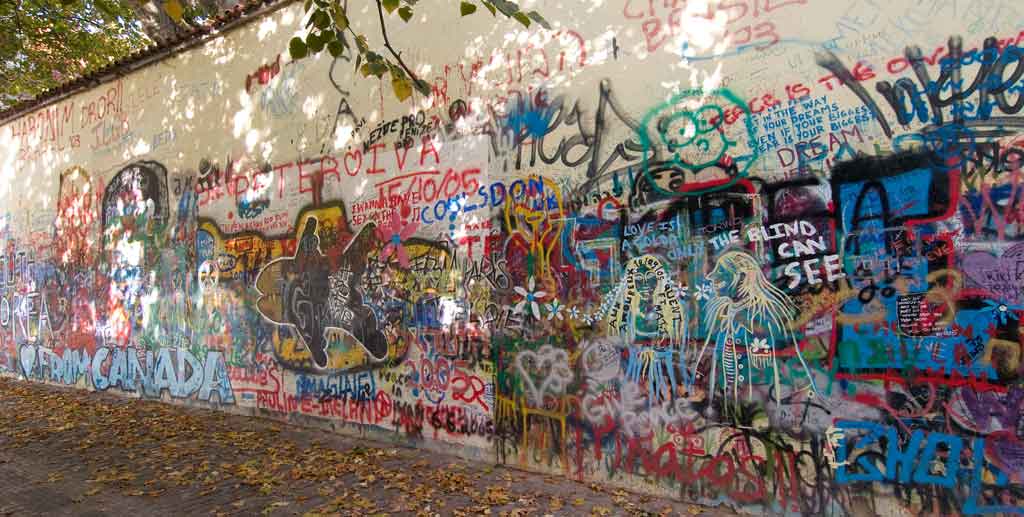There’s a thin line between art and vandalism. When unauthorized graffiti appears on your property, it’s natural to want it gone ASAP. But fear not; whether it’s a mural on a brick wall or a tag on a metal gate, with the right tools and know-how, you can remove graffiti and bring back the pristine look of any surface. This guide is tailored to help both DIY enthusiasts and those considering commercial pressure washing.
Safety First: Before You Begin
Before diving into the techniques, ensure you’ve got your safety gear in place. This includes:
- Gloves: Protects against chemicals that might irritate the skin.
- Safety goggles: Shield your eyes from splashes.
- A mask: Especially vital if using aerosol products or if you’re in a poorly ventilated area.
Identifying the Surface
Different surfaces require unique cleaning methods. It’s essential to recognize the type of surface before proceeding:
- Porous (like brick or concrete)
- Non-porous (like metal or glass)
- Sensitive surfaces (like plastic or painted walls)
For Porous Surfaces
Brick, concrete, and stone tend to absorb the graffiti, making it a bit challenging to clean.
- Use a Graffiti Removal Product: There are products specifically designed for porous surfaces. Simply spray or apply the remover, let it sit as directed, and scrub gently with a brush.
- Power Washing: This method uses a high-pressure water stream to blast away paint. Begin with a lower pressure setting, gradually increasing to avoid potential surface damage.
- Sandblasting: This should be a last resort due to its abrasive nature. It involves propelling fine sand particles at high speed to clean the graffiti.
For Non-Porous Surfaces
Metal, glass, and tiles usually offer easier cleaning since the paint sits on the surface.
- Soapy Water: Mild dish soap mixed with warm water can effectively remove fresh graffiti. Use a cloth or soft brush to scrub gently.
- Acetone or Nail Polish Remover: Apply to a cloth and gently rub the graffiti. This method is especially effective for stubborn or older marks.
- Commercial Graffiti Removers: There are many products on the market designed explicitly for non-porous surfaces. Always follow the manufacturer’s guidelines.
For Sensitive Surfaces
These surfaces require extra care to avoid unintentional damage.
- Test First: Regardless of the method, always test on a small, inconspicuous area first.
- Mild Detergent: Opt for a pH-neutral detergent mixed with water. Gently scrub using a soft cloth or sponge.
- Use Specialized Products: Look for graffiti removers specifically labeled as safe for plastics or painted surfaces.
Aftercare: Protecting the Surface
Once the graffiti is gone, consider protective measures:
- Sealants for Porous Surfaces: These create a barrier, making any future graffiti easier to clean.
- Anti-Graffiti Coatings: Available for various surfaces, they prevent paint from adhering effectively.
- Regular Cleaning: Especially for commercial properties, maintaining a clean exterior can deter vandals.
Seeking Professional Help
While DIY methods can be effective, for extensive graffiti or if covering a large area, hiring power washing professionals might be more efficient. They’ll have the equipment and expertise to handle the task swiftly, ensuring no damage to the underlying surface.
Try Power Washing Services
Graffiti might be an eyesore, but with determination and the right approach, it’s certainly not permanent. Whether you decide to tackle it yourself or hire professionals, you have multiple avenues to restore your property’s appearance. For those in Texas, there are reputable power washing services in Dallas and Fort Worth that specialize in graffiti removal, ensuring your property is in the best hands. With graffiti gone, your surface can return to its original glory, looking as good as new.
